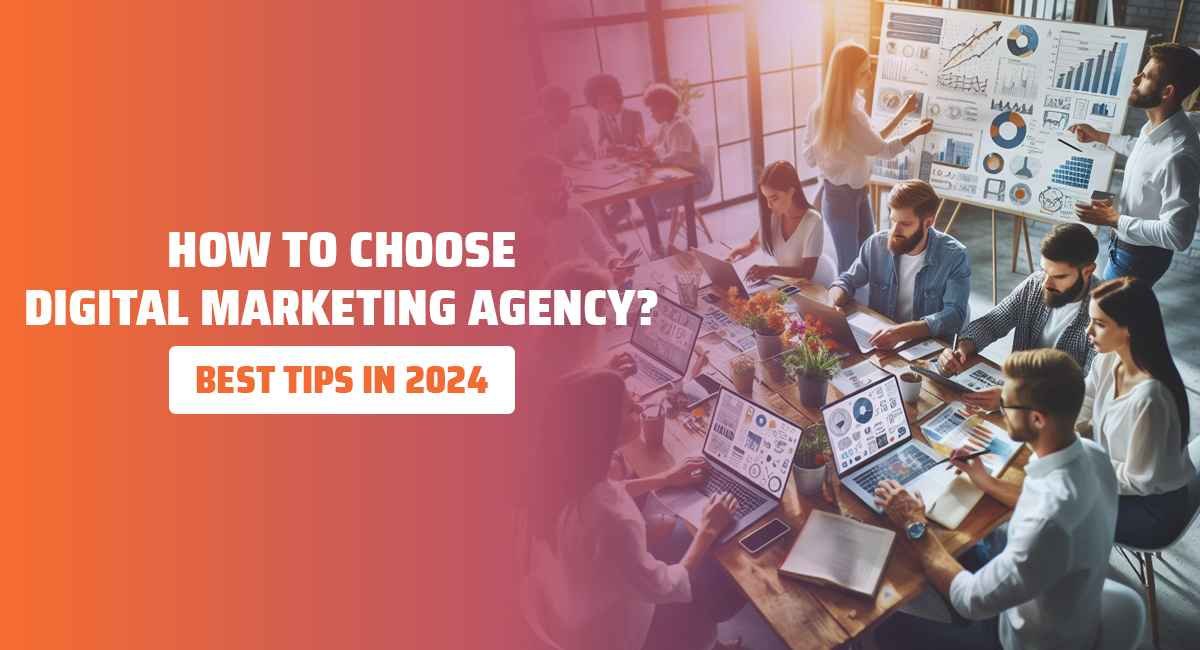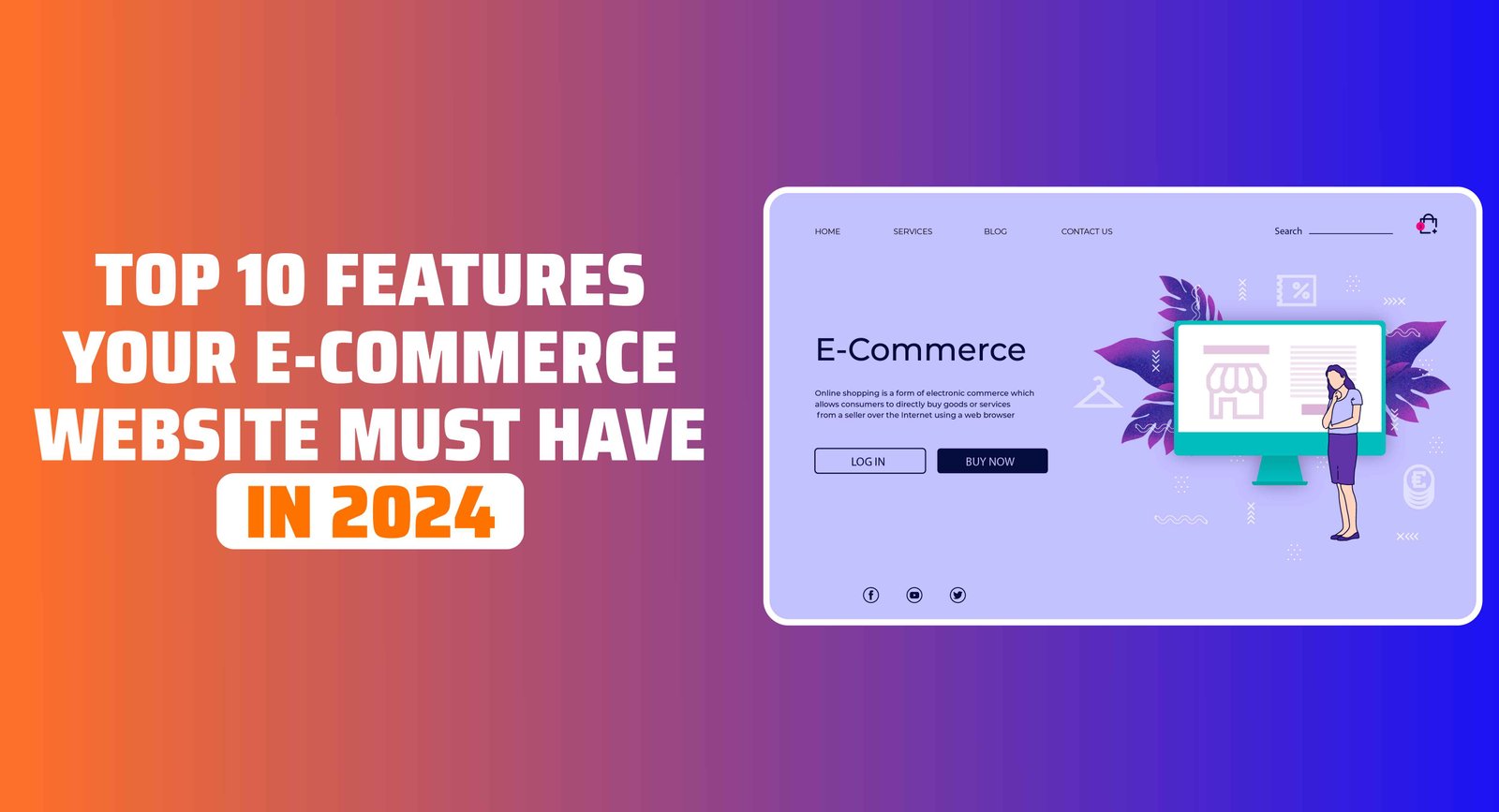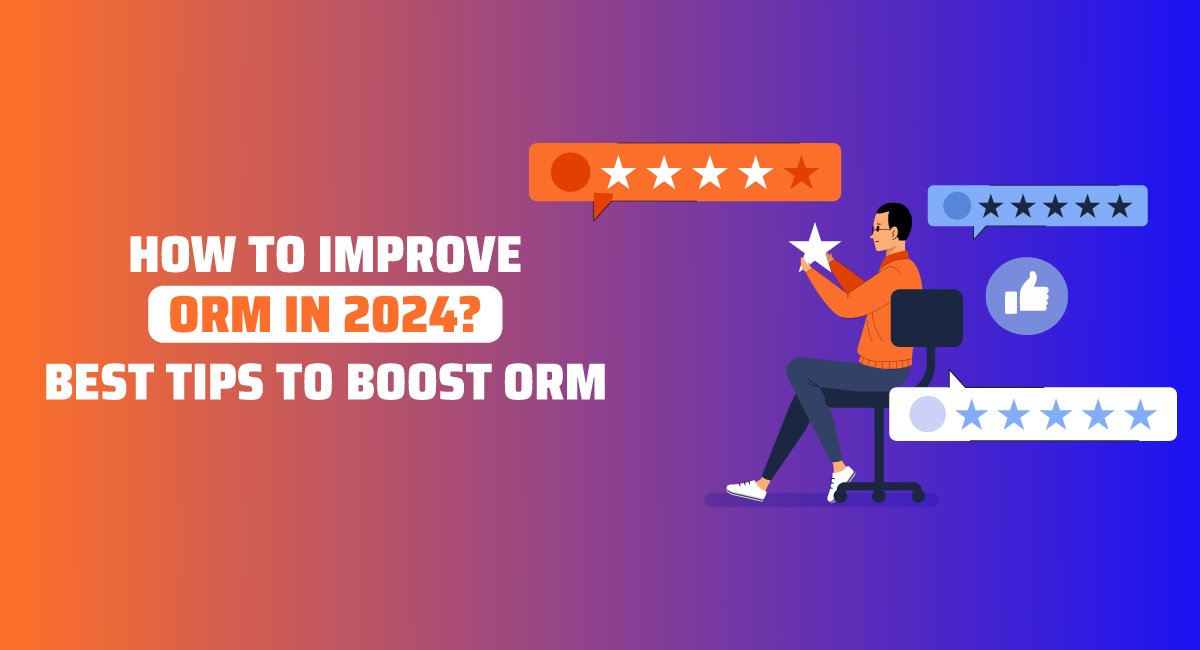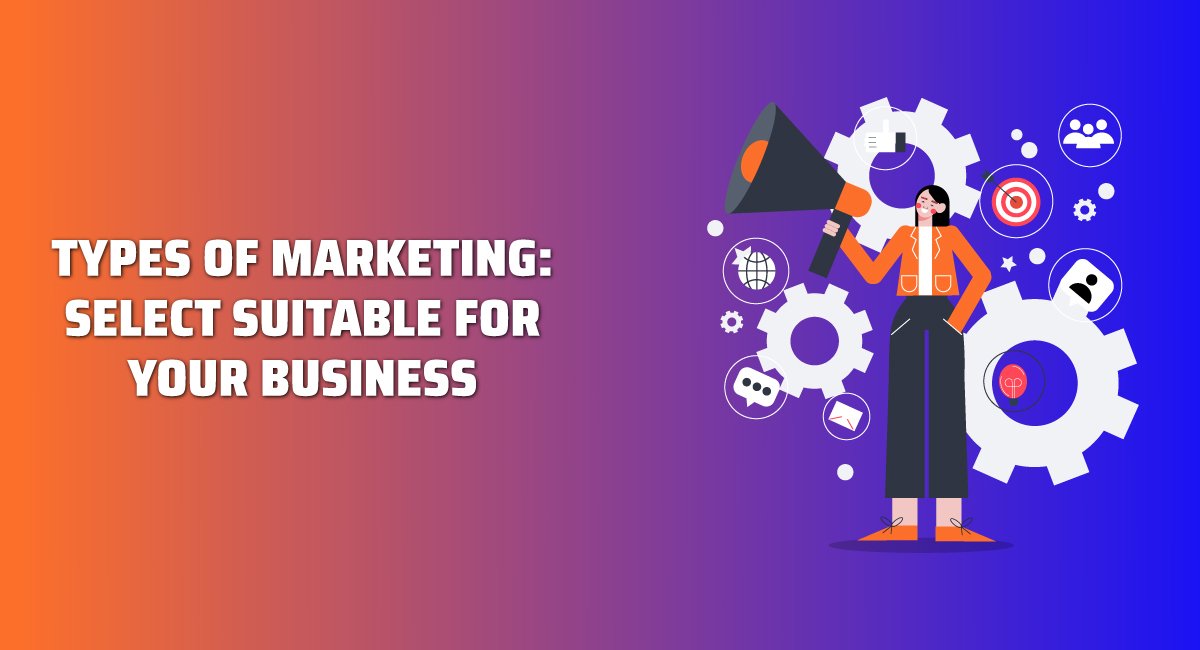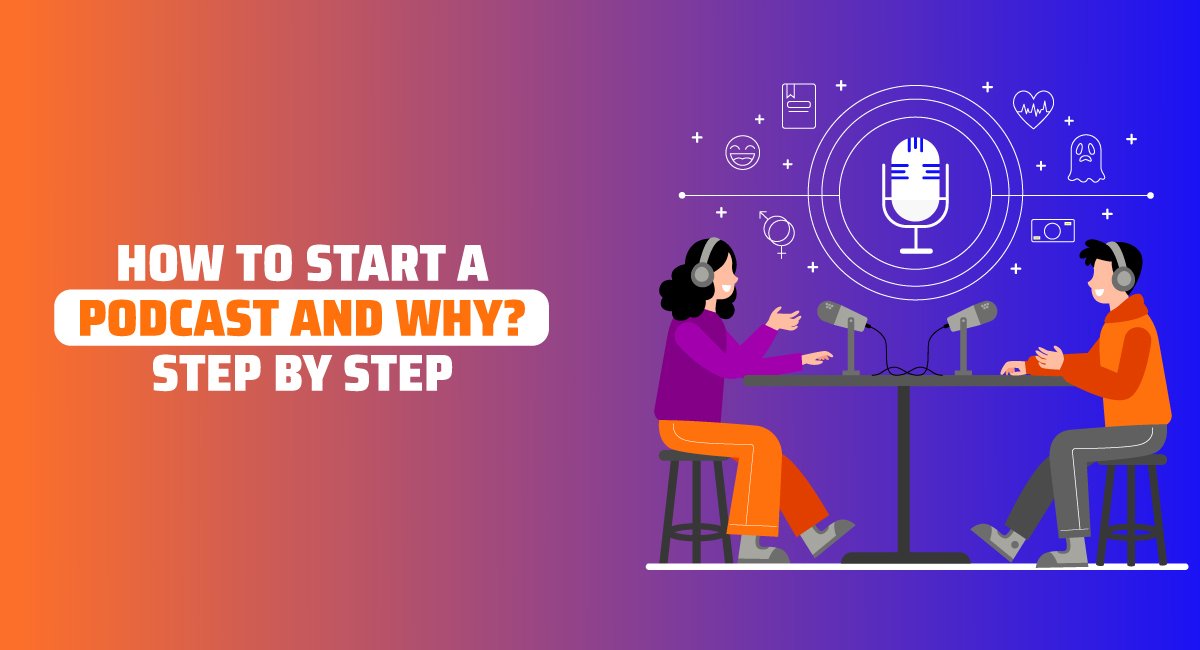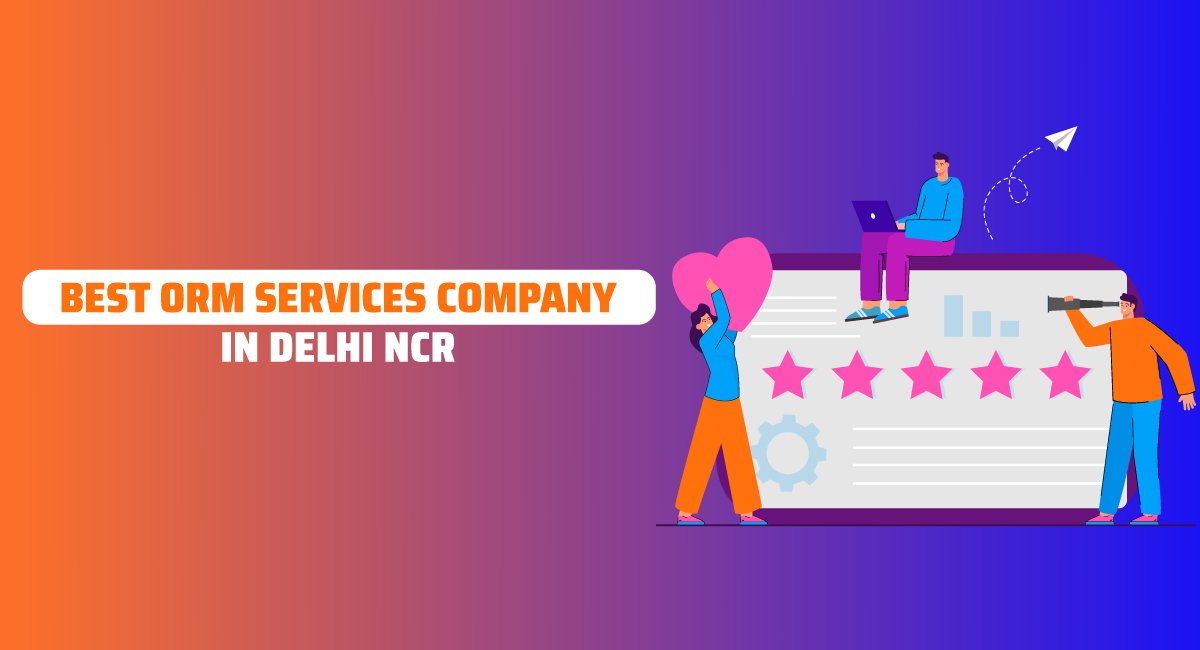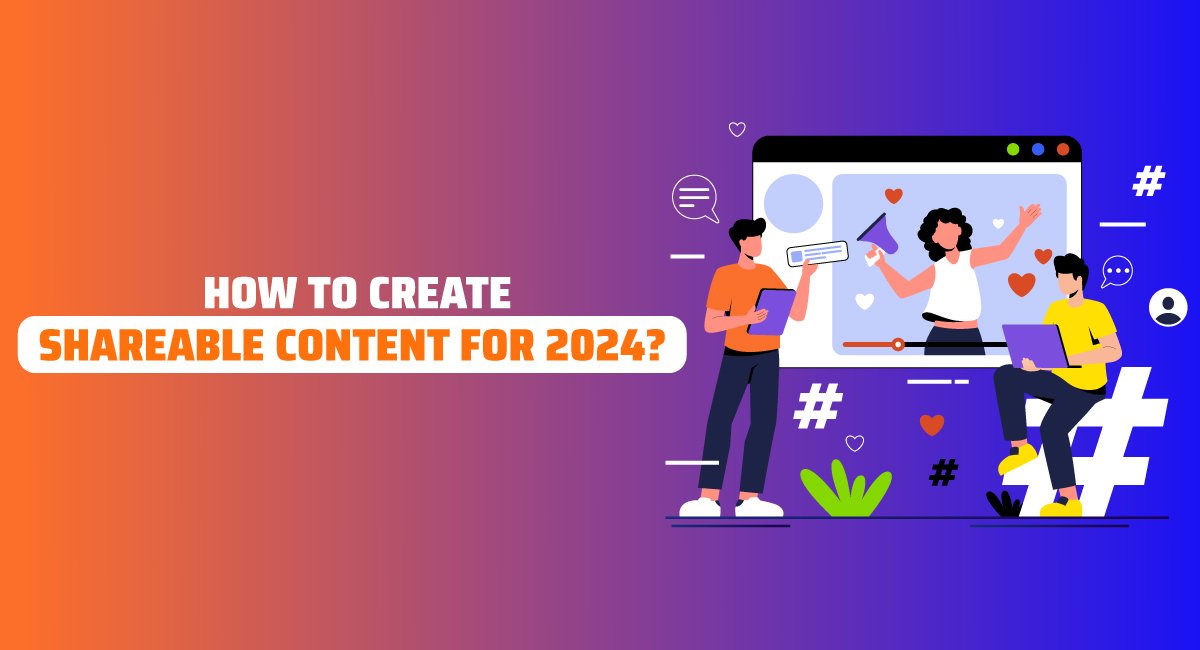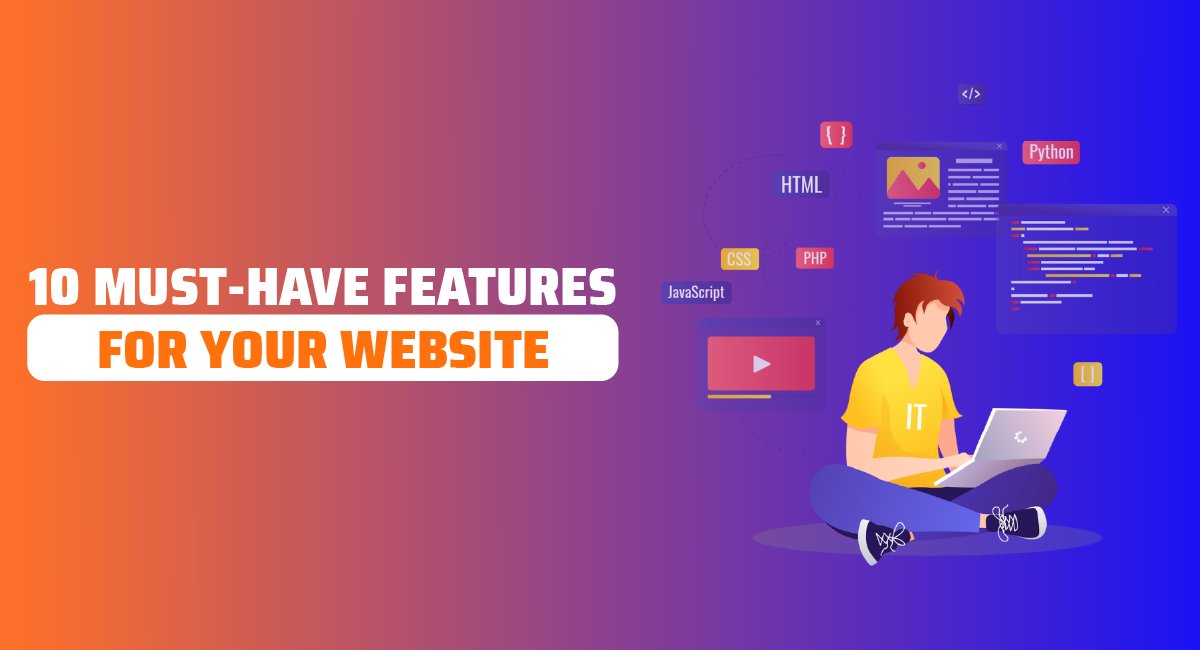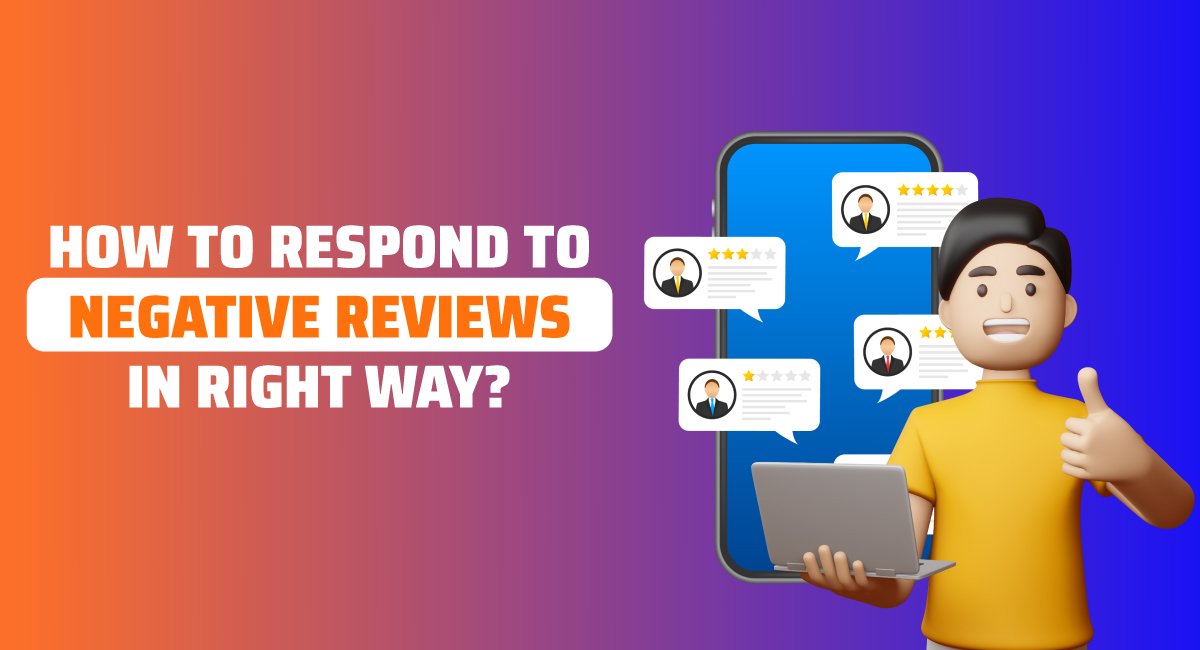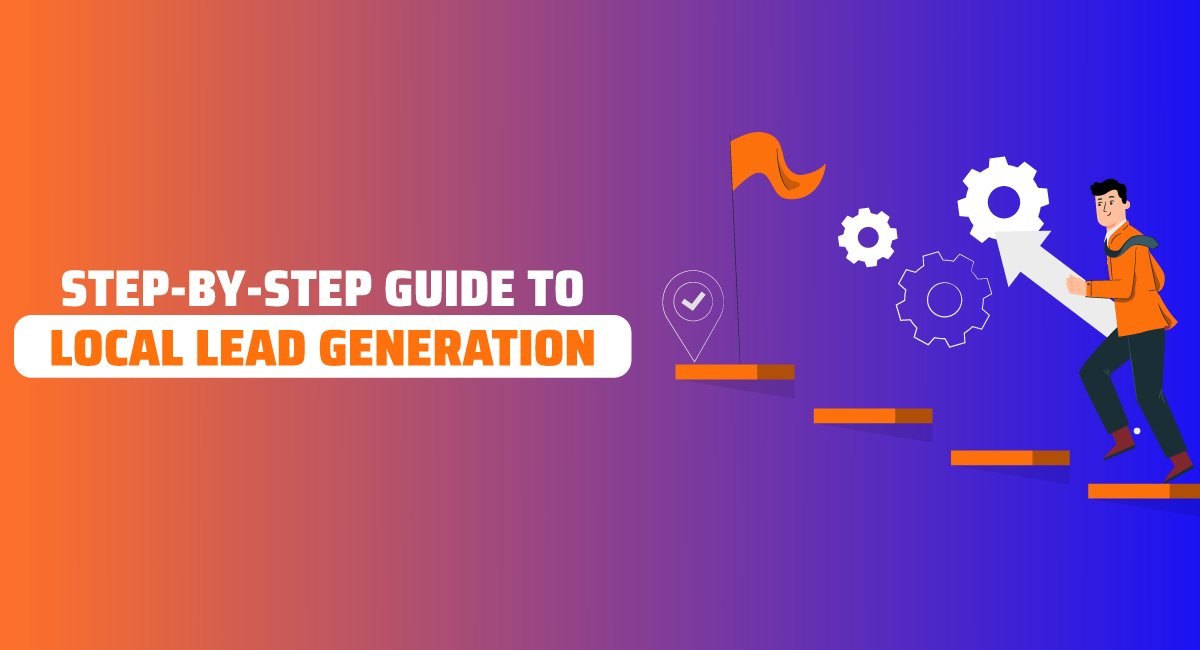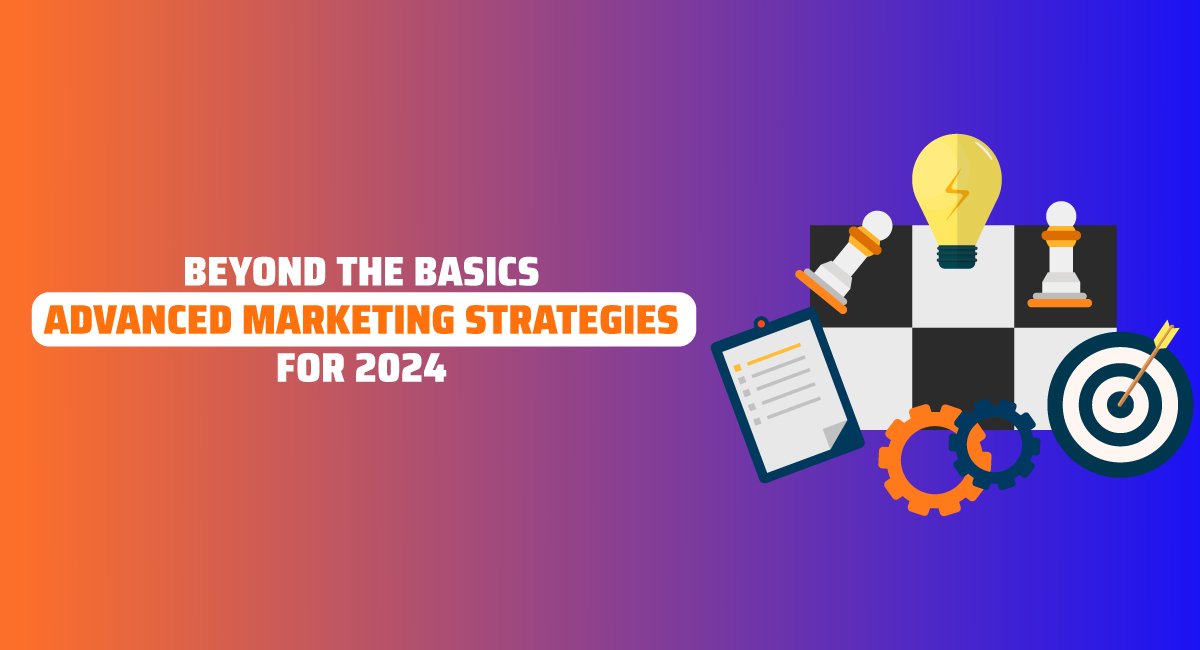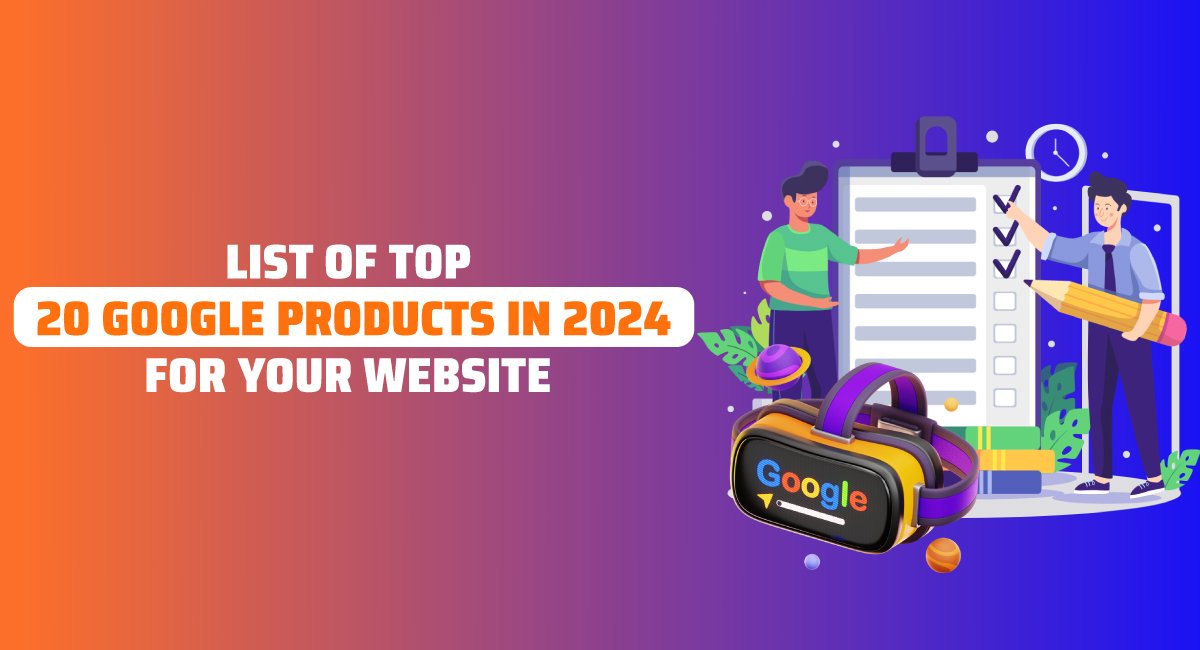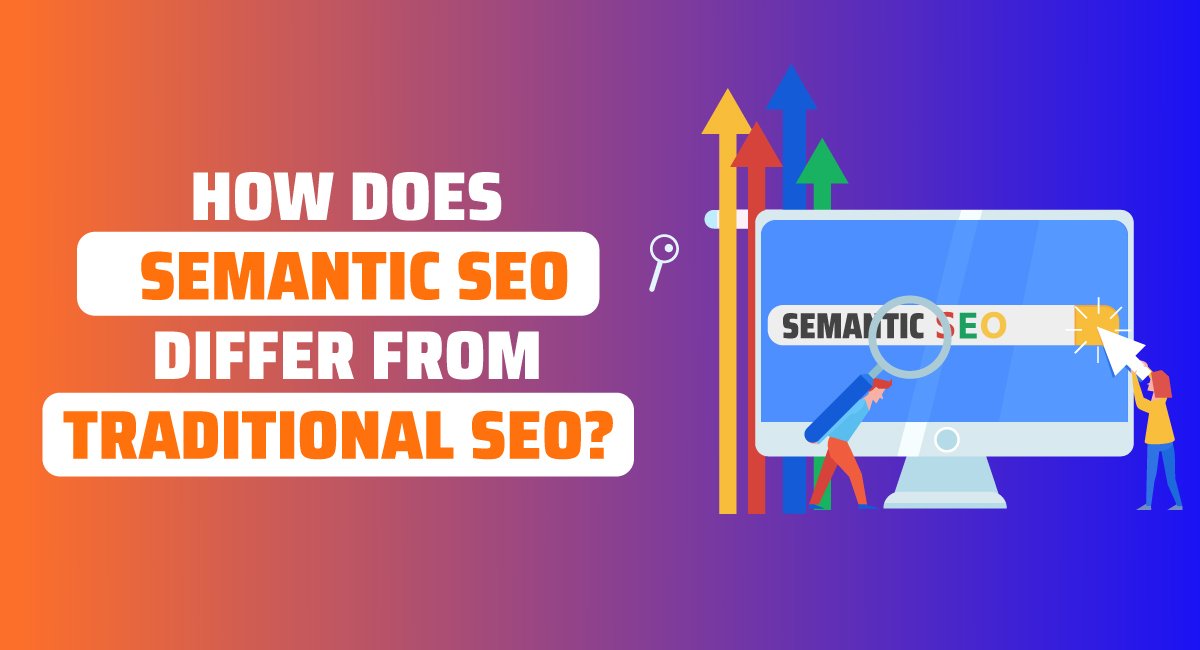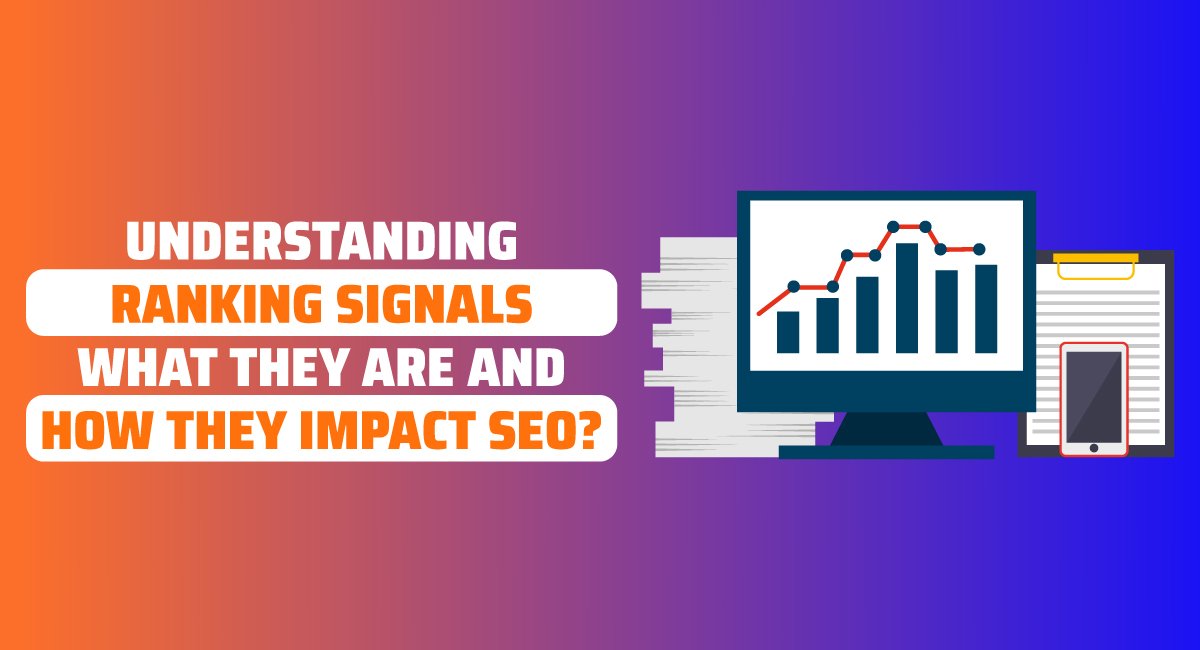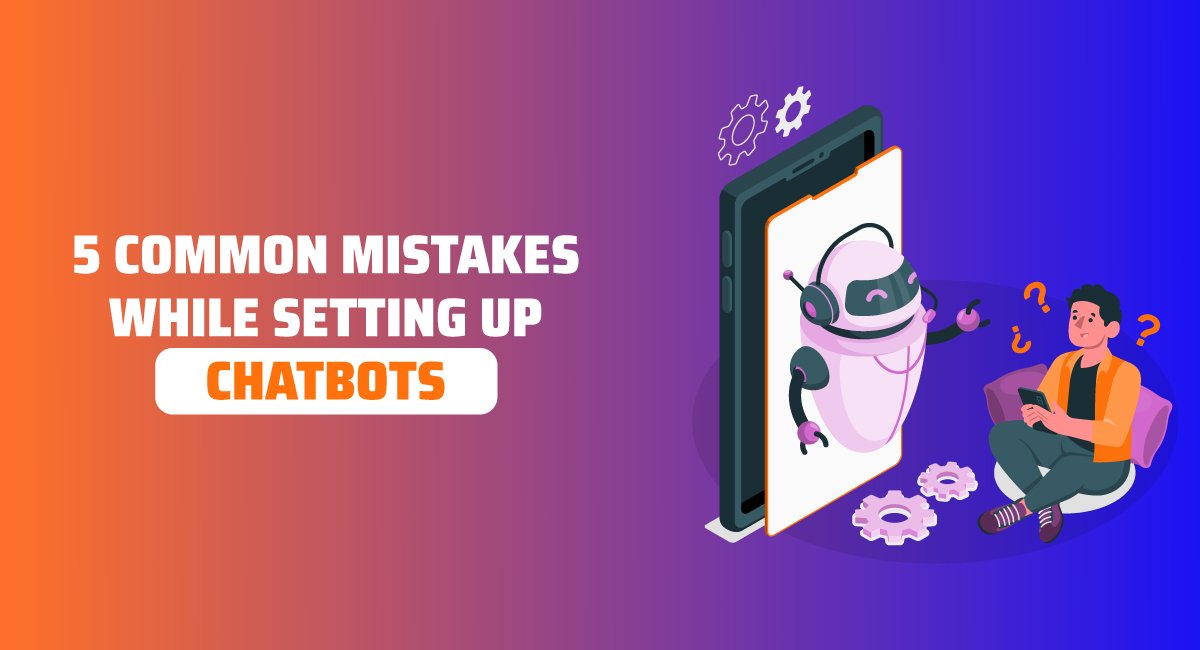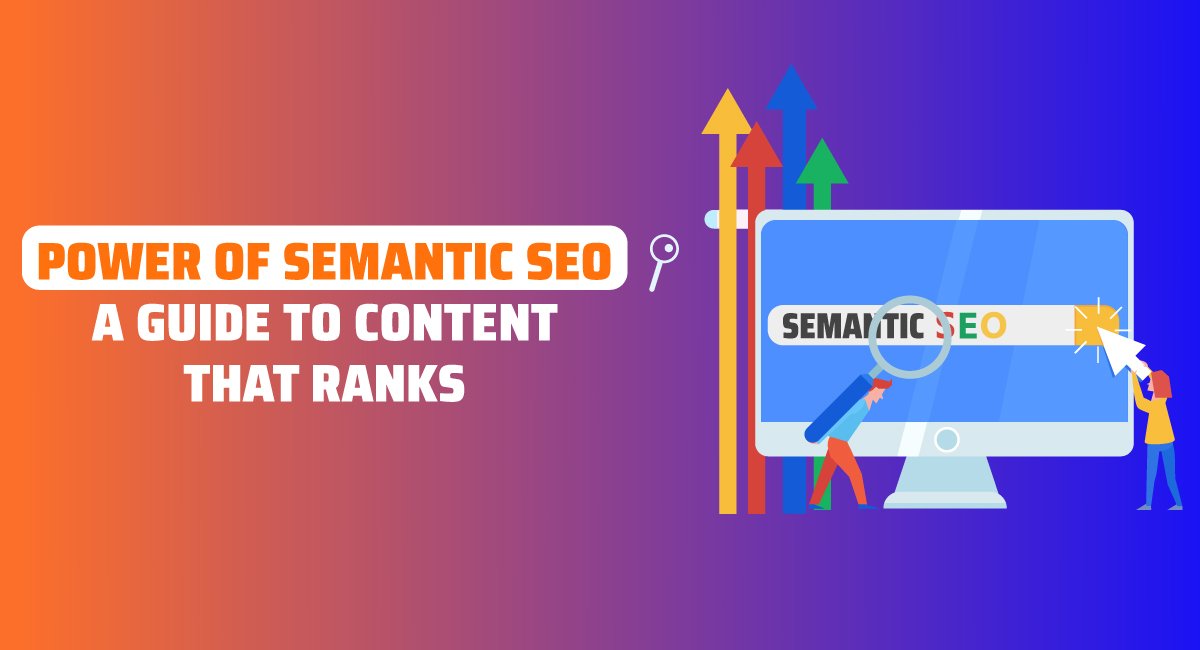
Power of Semantic SEO: A Guide to Content That Ranks
The constant dynamism of SEO makes it imperative to be at par with updates in the algorithms and changes in trends. Among the most significant changes in SEO in the past few years is the rise of semantic search. Semantic search places less emphasis on keywords and more on an understanding of what lies behind the search queries and the meaning of any content. This shift has created semantic SEO, the practice of optimising content towards context, relevance, and completeness rather than for a row of chosen keywords. In this blog, we're going to explore what semantic SEO is, why it matters, and how you can implement it to get the best search rankings.
What is Semantic SEO?
Semantic SEO thus deals with optimizing content that aims at the natural language and meaning to behind what a user actually needs. As opposed to traditional SEO that just focuses on targeting single keywords, semantic SEO suggests dealing with interconnectivity between words, phrases, as well as topics. Semantic SEO looks into the whole context of what is being sought in the web, as opposed to simply matching search terms.
Essentially, semantic SEO is about letting search engines understand the intent in a search and providing good structure as well as relevant content that addresses the needs of a user fully. This approach makes use of NLP tools to analyze and understand the content in more human-like ways.
Why Does Semantic SEO Matter?
1. Evolution of Search Engines: Search engines, and Google particularly, have developed well beyond the simple keyword matching days. Google's RankBrain and BERT/MUM AI-powered algorithms can now possibly interpret and understand more of natural language. This resulted in ranking factors reaching beyond simple keyword density and match to intent, much further than previously.
2. Improved User Experience: With a focus on understanding context and intent in a search, this implies that users are more likely to get more relevant content and, by extension, more valuable. It means enhancing user experiences by raising the rank for websites that have aligned content behind user intent.
3. Content Depth: Semantic SEO encourages the content creators to look beyond a superficial answer. When you examine similar subtopics, possible questions, and present detailed, comprehensive information about something, you become the authority on that subject, setting your website as that authority.
4. Voice Search Optimization: Voice search further increases the need for semantic SEO. Voice queries are generally more conversational as well as longer phrases, and it's even more crucial to work on optimizing natural language patterns and multiple versions of how people express their needs.
Core Elements of Semantic SEO
1. Topic Clusters and Pillar Pages: There is nothing like the method of semantic SEO with topic clusters for semantics SEO. This will involve creating a pillar page-a very broad, authoritative page around a topic-and then linking it to several pieces of related content that dig deeper into specific aspects of that topic. This approach, in addition to helping organize content, improves the relevance of said content by showing search engines the relationships between different pieces of content.
2. Keyword Synonyms and Variations: With semantic search, keyword search depends less on the phrase to match exactly, and more on what the words in the search query mean. Therefore, the use of synonyms and associated words and variations of keywords in your text improves the chances of getting your page returned under many different query terms. Rather than targeting just "digital marketing," for instance, you may also employ terms such as "online marketing," "internet advertising," or "web promotion."
3. Structured data and schema mark-up: Structured data help the search engines understand the context of your content. Adding schema mark-up gives a search engine an even better idea about your content, say product reviews, event dates, or a FAQ section, for example. That may help you with rich snippets, knowledge panels, etc.
4. Natural language and conversational tone: Semantic SEO content relies much on the use of natural language and understanding of user intent. It's as if you are going to answer specific questions from a user or meet their specific requirements. Using a conversational tone similar to the manner in which users search or communicate will help your content be much more in tune with the way search engines interpret queries.
5. Broad reach: Semantic SEO lives on the type of content that can answer hundreds of questions based on that topic. The more broad, in-depth content you can create within and outside large niches, the more likely your content is to rank as authoritative for users asking related questions. You want to be the one source that populates when people are looking for answers to questions based on your keyword set.
How to Execute Semantic SEO?
1. Conduct Intent-Based Keyword Research: Understand the intent of searches that you want to rank for. Instead of a keyword, identify what types of questions people ask and what problems are sought to be solved. Tools like Google's "People Also Ask" feature or Answer the Public can be used to find common search queries and related topics.
2. Topic Clusters: Group content on top of pillar pages. This involves the strategy of having related blog posts, articles, and pages cluster together-all potentially falling under the main core concept. This way, search engines will have an easier time understanding the relationship between pieces of content, thereby ranking the site better on a whole range of related terms.
3. Natural, conversational tone: Write as the user does when searching for something: in a natural, conversational tone. Never keyword overload; instead, focus on the value you deliver to your readers.
4. Add Schema Mark-up: You should structure data across your pages. This helps the search engines understand what kind of content you are providing. It can also increase the possibility of being shown in the rich snippets and other enhanced features within the search results.
5. User Engagement: Lastly, keep in mind that semantic SEO is actually all about giving the user the best possible answer to the query posed. Be creating content which answers questions in depth and also making your website convenient and aesthetically pleasing. The better the user experience, the more likely you are to retain viewers and improve ranking.
Conclusion
Semantic SEO remains the most important strategy that will help you shine well in the digital marketing world. Concentrate on the context, intent of users, and content relevance to achieve keyword less optimization of your site. You'll apply semantic SEO techniques by using topic clusters, natural language, and structured data to make your content much more enriched in a more complex search land - with organic traffic that brings it to the front.
The future of SEO is understanding why people search, and not just what they search for. By embracing semantic SEO principles, you will satisfy the algorithms of the search engines and deliver a better, more enriching experience to your audience.

.png)


.png)






.png)
.png)


.png)
.png)
.png)
.png)
.png)
.png)
.png)

.png)
.png)
.png)
.png)
.png)
.png)
.png)
.png)
.png)
.png)
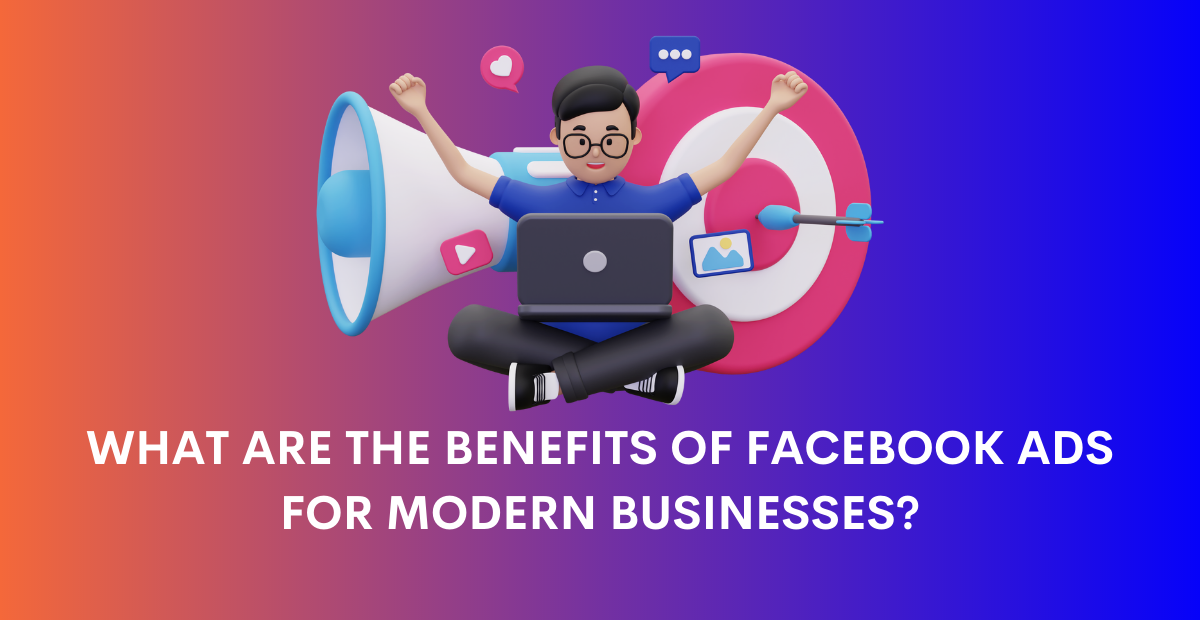








.jpg)



